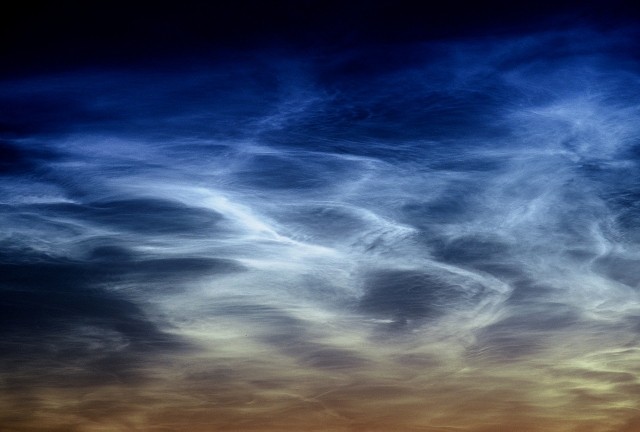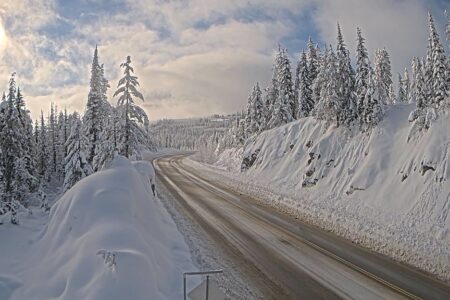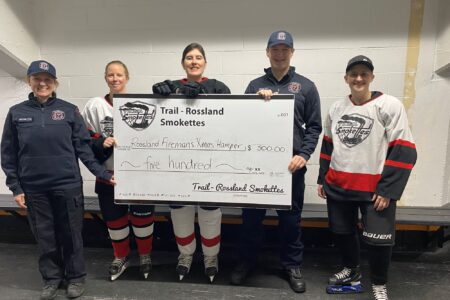Noctilucent Clouds: The Mystery Revealed
By Kate Lemke
What are noctilucent clouds? While the name does sound rather apocalyptic, these cloud formations are actually a globally treasured phenomenon. Here is why.
During the summer, 80 km above the earth’s surface (what is known as the mesosphere), two components meet, forming noctilucent clouds. It is really quite spectacular. Imagine meteor dust mixing with millions of ice particles in the sky and being illuminated by the light of the sun. You get a mystical, surreal glow. However, the occurrence is pretty rare, but with some patience, you will be able to see several displays each summer.
Luckily for cloud-viewers, according to data from a research satellite, the Aeronomy of Ice in the Mesosphere (AIM), the occurrence of noctilucent clouds is increasing. This is due to a decrease in temperatures in the uppermost levels of our atmosphere, a cooling trend, even while global warming results in higher temperatures close to the earth’s surface. Since the noctilucent clouds form at the highest point in our atmosphere, this evidence has lead to speculation about a decrease in the heat output of the sun. The AIM has also revealed that noctilucent clouds are becoming increasingly visible throughout Canada and even in some northern states of America.
The ideal time to see the clouds is from 11:00 p.m. to midnight, and between 3:00 a.m. and 4:00 a.m. They only appear from mid June to mid July, so when the moment comes, don’t let it go to waste; keep a camera on hand. If you’re photography savvy, here are some tips for capturing your postcard image of the magnificent light show.
Ensure your digital camera has a shutter speed of at least one second to ten seconds. Set your ISO to about 400, depending on the amount of light, and remember to use a tripod to keep the image crisp. Not only is it exciting to see these extraordinary clouds, is a great way to make your summer vacation memorable. So, while you are out camping with friends and family, just remember to look up.
You can share your images on one of the NLC database websites such as the Noctilucent Cloud Observing Network (www.ed-co.net/nlcnet) or Spaceweather (www.spaceweather.com).
























